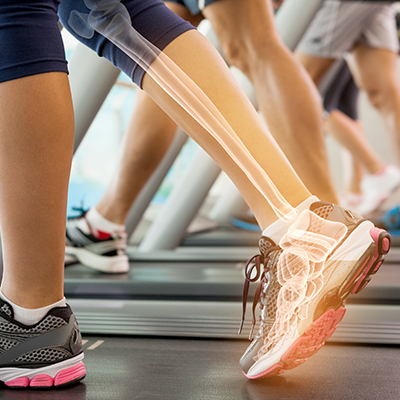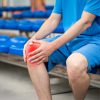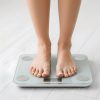Bone Density and its effects

What if our bones start to fracture for the simplest of causes, perhaps while performing routine household tasks or engaging in activities that we do daily? It’s undoubtedly among the most scary situations you could imagine. This is where Bone density comes in.
Bone density is the measurement of minerals primarily calcium and phosphorus found in a specific volume of bone which prohibits your bones from cracking off easily when you fall amidst running, playing or doing work that requires high physical effort. It is established as a leading indicator of bone strength as it considers both the size and volumetric mineral density of your bones, making it one of the most critical aspects of sound bone health.
You are more likely to build most of your bone density when you are young, and it decreases with ageing, resulting in diseases like osteoporosis or osteopenia. However, after osteoporosis has compromised your bones, you may experience symptoms of vertebral fracture, back pain, a hunched back and bones that fracture far more quickly than they are supposed to.
But like most other disorders, low bone density can be genetic to some extent, and our everyday habits of smoking, consuming alcohol in excess, and engaging in little physical activity can also be key contributors to this.
Even in recent times, there is no curative therapy for osteoporosis or osteopenia but here are a few simple ways that can help your bones go a long way:
- – Leading a healthy lifestyle
- – Regular physical activity
- – A calcium and vitamin D-rich diet
- – Spending a few minutes outdoors under the sunlight
- – Reducing drinking and smoking habits
Keep things under control to reduce your risk of contracting this debilitating illness and visit the doctor when you feel it’s required.





Leave a Reply